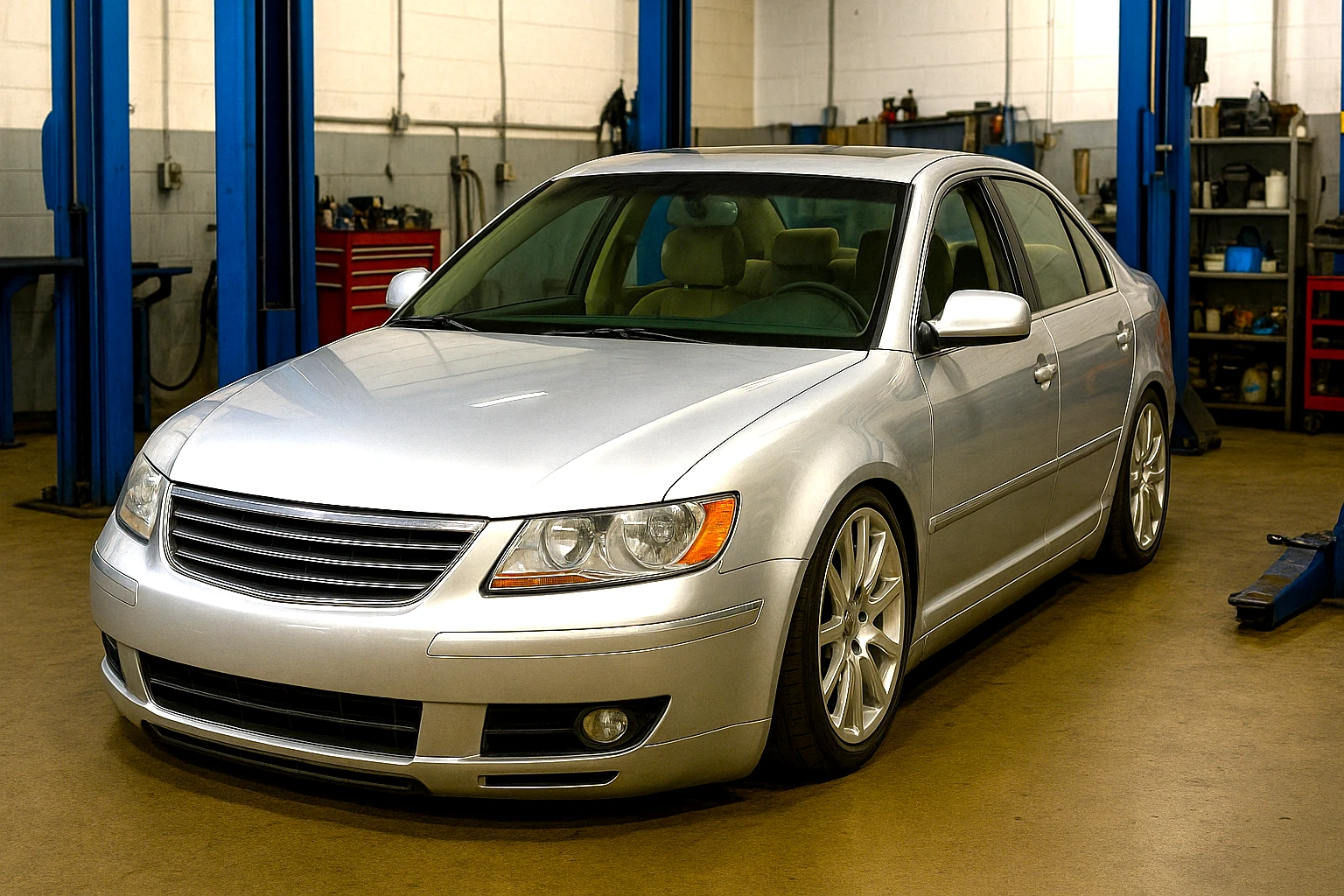Ah, the holiday is coming! That scent of the open road and relaxation in the air… But before you put your foot to the floor and hit play on your playlist, is your trusty four-wheeled companion really ready for the adventure? A smooth and safe trip starts long before you turn the key in the ignition, with essential maintenance care.
Essential Preparation: The Pre-Trip Checkup
I know, the excitement to travel is huge, but taking some time for a checkup a few days ahead is crucial. Think about it: your car is a complex set of parts working together. Ignoring preventive maintenance is like relying on luck, and on the road, safety is everything! As one industry expert warns, “This guidance prevents the vehicle from breaking down mid-trip and ruining the journey.” Nobody wants to be stranded on the shoulder, right?

The basics that cannot be missed during this preliminary check include the engine oil levels, brake fluid (essential for your safety!), and radiator water (to prevent overheating). Don’t forget tire pressure—properly inflating the tires, including the spare, ensures not only safety and efficiency but also helps save fuel and prevents issues that could spoil your trip. For detailed info on correct tire pressure, you can consult your vehicle’s manual or specialized sites like Bridgestone.
On the Road: Safe and Alert Driving
With your car checked, it’s time to hit the road! But vigilance remains your best copilot. Obeying road signs, like speed limits and warnings for sharp curves, may seem obvious but is absolutely essential for everyone’s safety on board. Keep a sharp eye out for potholes and road imperfections; they are real traps that can damage wheels, suspension, and even cause serious accidents.
An important tip, especially on highways with heavy truck traffic, is to be cautious with lanes that seem more worn out. Often, the excessive weight of trucks can wear down certain patches of pavement faster, making them more dangerous and prone to irregularities. Choosing the lane with the best pavement conditions contributes to a smoother, safer trip.
If your journey extends into the night, lighting is vital. Before you leave, check that all headlights, taillights, and brake lights are working perfectly. Good visibility is key to anticipating hazards. And speaking of hazards, fatigue is a silent enemy. On long trips, schedule regular breaks to stretch your legs, have a coffee, and rest. Driving tired drastically reduces your reflexes. The NHTSA (National Highway Traffic Safety Administration) in the U.S. offers excellent resources on the dangers of drowsy driving.
Weather conditions also require adjustment. Rain or fog? Slow down, increase the distance from the vehicle ahead, and if necessary, don’t hesitate to stop in a safe place until the weather improves. Remember the words of Guilherme de Oliveira, an expert cited by Kavak: “By following these precautions, you not only protect the vehicle’s integrity but also increase the safety and comfort of passengers throughout the trip.”
Beach Bound? Must-Know Special Care
Ah, the beach! Sun, sea, and… sand everywhere! If your destination involves the coast, some extra care for your car is welcome. Intense sun, for example, can turn the interior of your vehicle into a real greenhouse and can damage paint and exterior finishes. Whenever possible, try to park in the shade. This helps keep the inside temperature more comfortable and protects your car.
Before you go, also check the air conditioning system. Air that doesn’t cool properly on a hot beach day can make the return trip quite uncomfortable. Once at your destination, keep doors and windows tightly closed when parked near the shore. Fine sand and salty air are silent enemies. “Sand, for example, can scratch surfaces, and water can cause corrosion and mold,” explains the expert.
Avoid parking too close to the water or on soft sand. Besides the risk of getting stuck, saltwater is highly corrosive to metal components like brakes and suspension, and sand can infiltrate mechanical parts, accelerating wear. After your fun, a thorough wash with fresh water is essential to remove all salt and sand, preventing corrosion and protecting electronic components and your car’s appearance.
The Return: Final Checks for the Next Adventure
The trip was great, but the care doesn’t end when you get home or before hitting the road again. With the vehicle completely cool (important to check levels accurately and avoid burns), redo the basic check: oil level, radiator water, and brake fluid. This ensures everything went well and that the car is ready for daily use or your next getaway. “If in doubt, consult the vehicle manual or seek assistance before hitting the road again,” emphasizes the Operations supervisor.
Take the opportunity to also check the lighting system again. A bulb might have burned out during the trip. Another item that deserves special attention after a beach trip is the windshield wiper blades. Sand and salty air can dry them out and wear them quickly, compromising their effectiveness and visibility during the next rain. “Doing these inspections helps keep the vehicle in good condition and ensures safety for this and future trips,” concludes the expert.
Quick Pre-Trip Checklist
- Oil Level
- Radiator Water
- Brake Fluid
- Tire Pressure (including spare)
- Lights Functionality
- Wiper Blade Condition
- Air Conditioning (if applicable)
- Up-to-Date Documentation
Comparison: Preventive vs. Corrective Maintenance
| Aspect | Preventive Maintenance | Corrective Maintenance |
|---|---|---|
| Cost | Lower (planned) | Higher (unexpected) |
| Time | Scheduled, quick | Unpredictable, lengthy |
| Safety | Improves | Compromises |
| Convenience | High (avoids surprises) | Low (trip issues) |
Frequently Asked Questions (FAQ)
- How far in advance should I do the checkup before traveling?
Ideally, a few days ahead to allow time to fix any potential issues without rushing. - Do I really need to inflate the spare tire?
Yes! A spare tire is useless if it’s flat when you need it. - What are the biggest risks of driving at the beach?
Corrosion from salty air, mechanical damage from sand, and overheating from intense sun. - Why check fluid levels when the car is cold?
Some fluids, like oil and radiator water, expand when hot, which can give inaccurate readings. Also, there’s a risk of burns when opening a hot radiator reservoir. - Is washing the car after the beach really necessary?
Absolutely. Saltwater accelerates the corrosion of metal parts, and sand can damage paint and mechanical and electronic components.
In the end, taking care of your car before a trip is an investment in your peace of mind and safety. These are simple steps that won’t take much time but make a huge difference to ensure that your only focus on the holiday is to relax and enjoy every moment, without mechanical headaches.
And you, do you have any extra tips for caring for your car before a trip? Share your experience in the comments!
Author: Fabio Isidoro
Founder and editor-in-chief of Canal Carro, he dedicates himself to exploring the automotive universe with depth and passion. A car and technology enthusiast, he produces technical content and in-depth analyses of national and international vehicles, combining quality information with a critical eye for the public.








